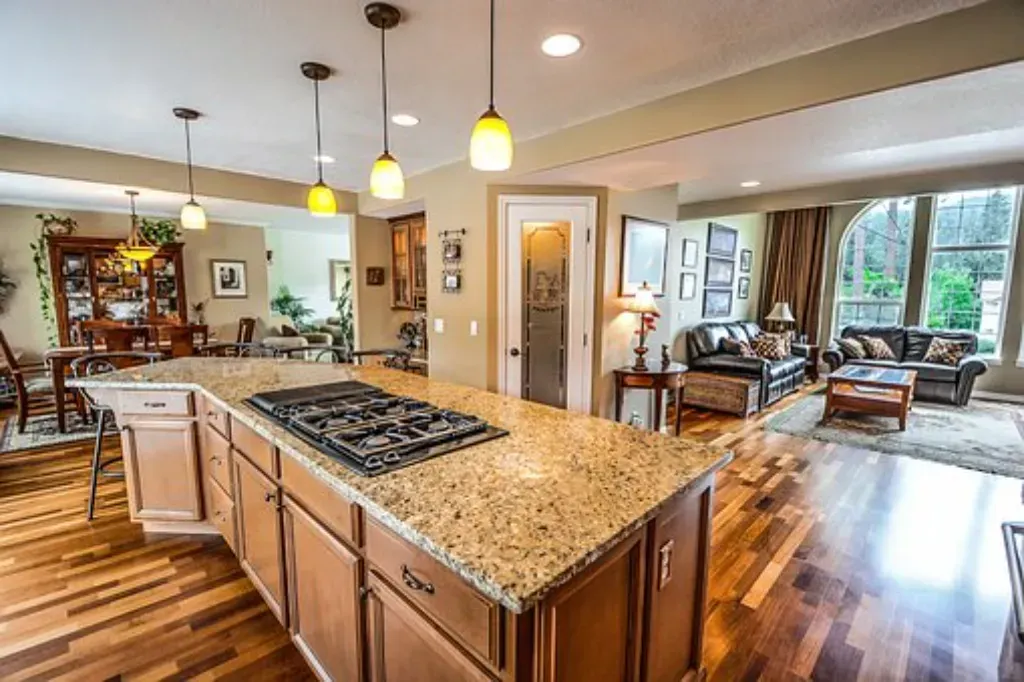5 Common Mistakes to Avoid During Kitchen Cabinets Installation
Installing kitchen cabinets is a complex process that requires careful planning and attention to detail. It’s important to take the time to do it right, as mistakes can be costly and time-consuming to fix. Here are five common mistakes to avoid when installing kitchen cabinets:
Not Measuring Properly
One of the most common mistakes made during kitchen cabinet installation is not measuring properly. Before you begin, make sure you have accurate measurements of your space so you know exactly how much room you have for your cabinets. This will help ensure that your cabinets fit perfectly in the space and look great when they’re installed.
It’s also important to measure any existing appliances or fixtures that may interfere with the installation of your cabinets. If there are any obstructions, you may need to adjust the size or placement of your cabinets accordingly.
Finally, make sure you measure twice and cut once! Taking extra time to double-check your measurements can save you from making costly mistakes down the line.
Not Leveling Cabinets Properly
Another mistake people often make when installing kitchen cabinets is not leveling them properly. It’s important to make sure each cabinet is level before securing it in place, as this will ensure that all of your doors and drawers open and close smoothly.
To level your cabinets, start by placing a level on top of each cabinet and adjusting the feet until it’s perfectly level. You can also use shims or wedges to help level out any uneven surfaces. Once everything is level, secure the cabinets in place with screws or nails.
Finally, check all of your cabinets again after they’ve been installed to make sure they haven’t shifted out of place during the installation process.
Not Pre-Drilling Holes
Another common mistake people make when installing kitchen cabinets is not pre-drilling holes for screws or nails. Pre-drilling holes helps ensure that your screws or nails go in straight and don’t cause any damage to the wood or other materials used in the construction of your cabinets.
If you don’t pre-drill holes, it can be difficult to get screws or nails into place without damaging the material around them. This can lead to unsightly gaps or cracks in your finished product, which can be difficult (and expensive) to repair later on.
To avoid this problem, always pre-drill holes before inserting screws or nails into your cabinets. This will help ensure that everything goes in smoothly and looks great when it’s finished.
Not Installing Cabinet Doors Properly
When installing cabinet doors, it’s important to make sure they are properly aligned and secured in place. If they aren’t installed correctly, they may not open and close properly or may even come off their hinges completely! To avoid this problem, take the time to carefully align each door before securing it in place with screws or nails.
It’s also important to use the right type of hardware for your cabinet doors. Make sure you use hinges that are designed specifically for cabinet doors – these will provide more support than standard hinges and will help keep your doors securely in place over time.
Finally, make sure you leave enough space between each door so they don’t rub against each other when opened or closed. This will help prevent wear and tear on both the doors and hinges over time.
Not Sealing Gaps Between Cabinets
Once all of your cabinets are installed, it’s important to seal any gaps between them with caulk or silicone sealant. These gaps can allow moisture and dust into your kitchen, which can cause damage over time if left unchecked. Sealing these gaps will also help keep pests out of your kitchen!
Before sealing any gaps between cabinets, make sure you clean them thoroughly first – this will help ensure that the sealant adheres properly and lasts longer over time. Once everything is clean, apply a thin layer of caulk or silicone sealant along all edges where two cabinets meet – this should fill any gaps between them completely and keep moisture out for years to come!
Finally, make sure you let the sealant dry completely before using your kitchen again – this will help ensure that it adheres properly and won’t come off over time due to moisture or heat exposure.
Conclusion
Installing kitchen cabinets is a complex process that requires careful planning and attention to detail – but taking the time to do it right can save you from costly mistakes down the line! To avoid common mistakes during installation:
- Measure accurately before beginning.
- Level each cabinet before securing.
- Pre-drill holes for screws/nails.
- Align & secure cabinet doors properly.
- Seal gaps between cabinets with caulk/sealant.


